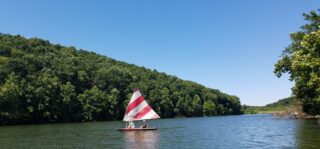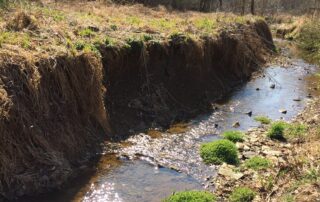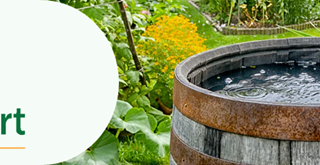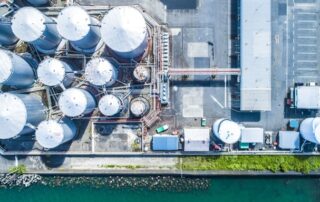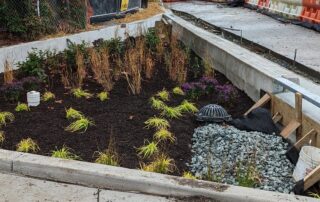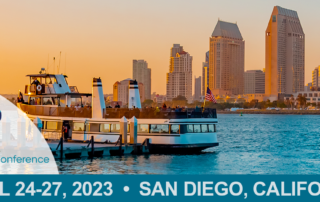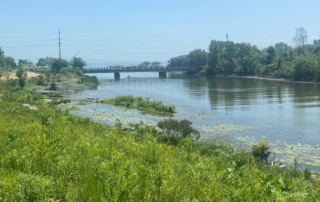Unlocking Water Quality Success: Introducing the PA MS4 Collaboration Toolkit
Achieving water quality goals in Pennsylvania's waters is now more streamlined with the launch of the PA MS4 Collaboration Toolkit, a resource created by the Center for Watershed Protection (CWP) to empower Pennsylvania municipalities to work together and tackle water quality challenges more efficiently and cost-effectively. As federal and state agencies intensify efforts to improve water quality, local municipalities are under pressure to meet increasingly stringent requirements. Watersheds do not align with municipal boundaries, which make collaboration integral. The PA MS4 Collaboration Toolkit provides a clear, step-by-step roadmap for municipalities eager to team up and address the National Pollutant [...]

